Trapping might not be glamorous, but there’s still room to accessorise. Whether you’re a seasoned trapper or just starting out, having the right kit makes life simpler and smoother for your trapping excursions. Beyond the usual gloves, lure, and screwdriver, these trap accessories will help you keep your traps rust-free, your gear easier to carry, and your lure safe.
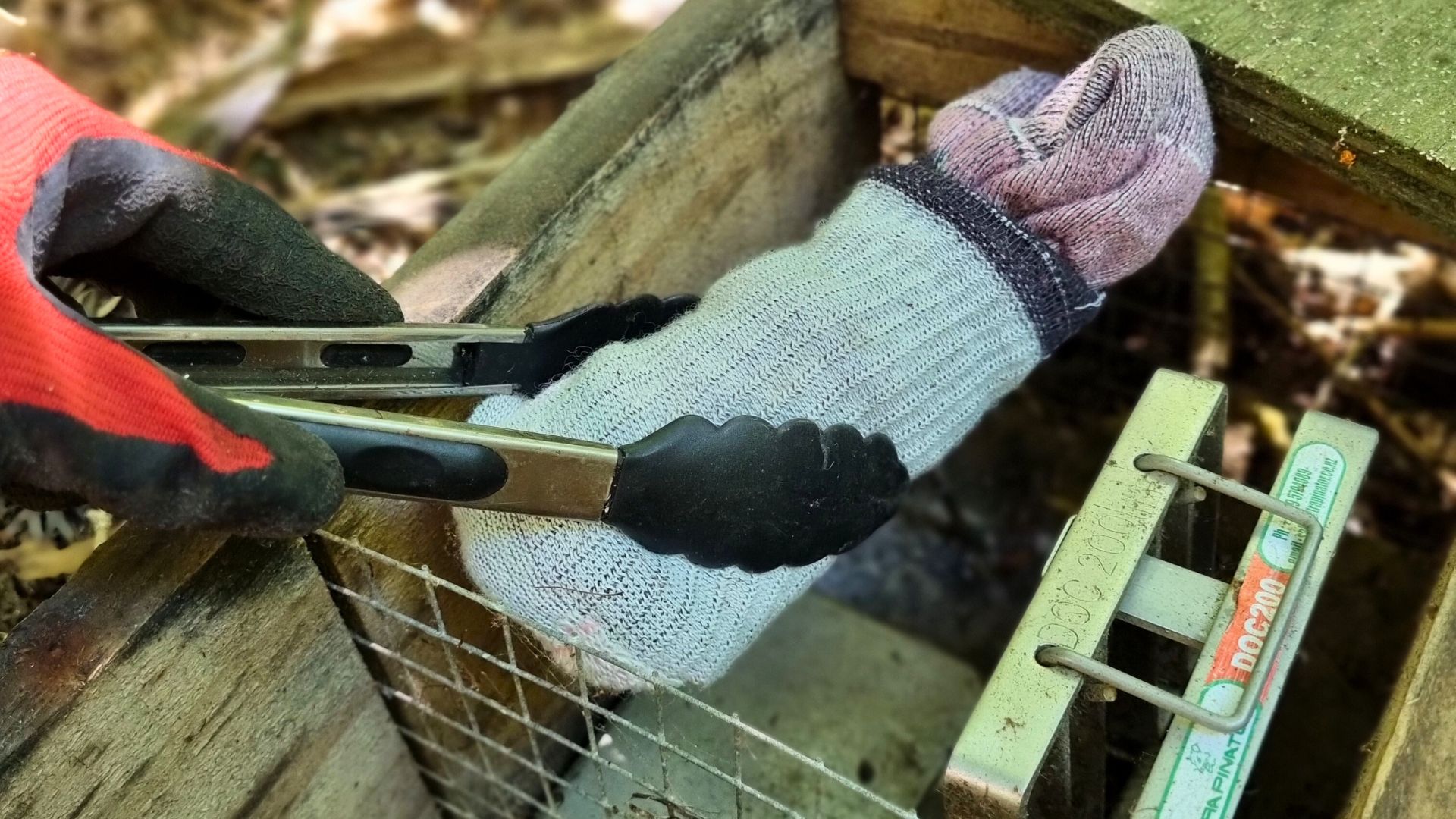
Trapper belt pouch
Where do you stash your gear when you’re hitting the traps? Screwdriver in one pocket, bait in the backpack, DOC 200 safety clip somewhere back on the track.
Well, Fiordland Packs has a useful – dare we say stylish – solution. These two-pocket trapping pouches attach to your belt or waist bag, keeping all your tools at arm’s reach. They’re built with durable material, are roomy for essentials, and come in a range of colours to suit your trapping style (it’s not all fleece and khaki out there).
If you need more storage or something to attach the pouch to, the Te Anau-based company also makes waist bags in custom colours with two pockets and a tongs holster.

Kitchen tongs
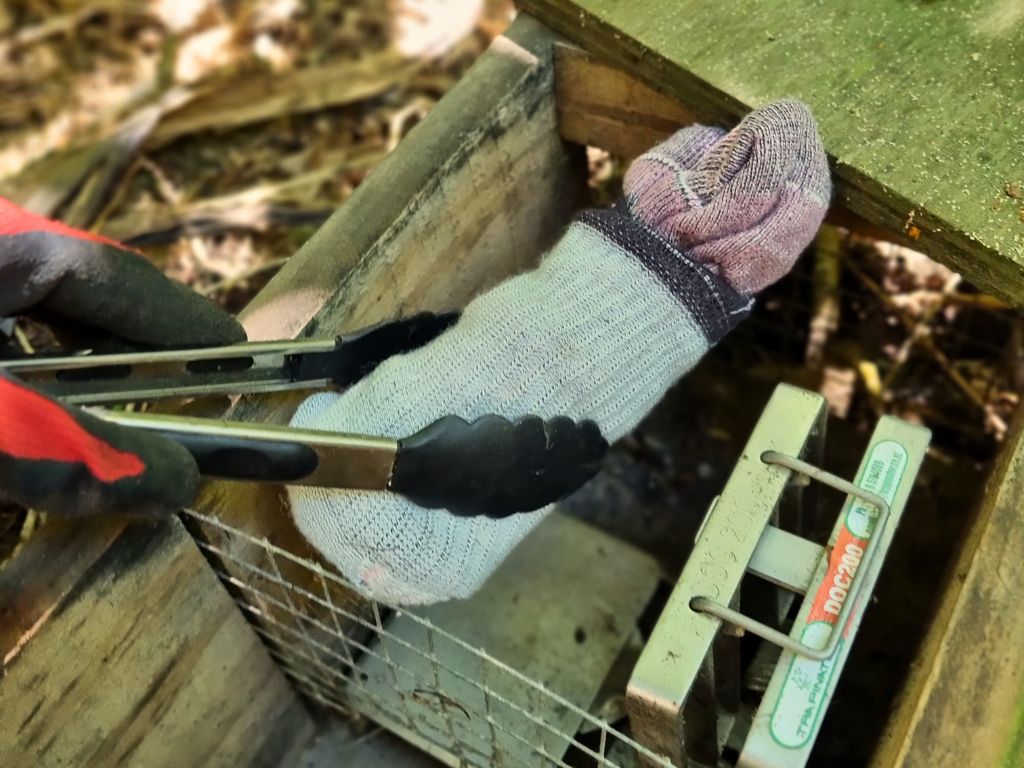
Speaking of tongs.
If you’ve wrestled a spiky hedgehog or a decomposing rat out of a trap, you will be interested in the humble kitchen tongs.
It is a simple, cheap tool that keeps your hands clean and safe.
They make removing catches easy and keep your hands away from the unpleasant bits.
Just label them carefully – no one wants to mix up trapping tongs with your BBQ utensils.
LureGard
Disappearing lures are a common problem among trappers. This new protection device stops mice from stealing your lure while doubling as a fake egg to attract stoats and rats visually.
The inventor, Marcus King of Trap Tools Ltd, spent years experimenting, even trying peanut butter in hair curlers and cat food in tea infusers.
Using his 3-D printer, he combined fake eggs and grilled boxes to create LureGard, which fits in DOC200 and rat trap wooden tunnels. Any baits that fit inside the device can be used (e.g. Erayz, pellets, pieces of fresh meat, or peanut butter).
You can purchase online, starting at a pack of 10 for $30.00
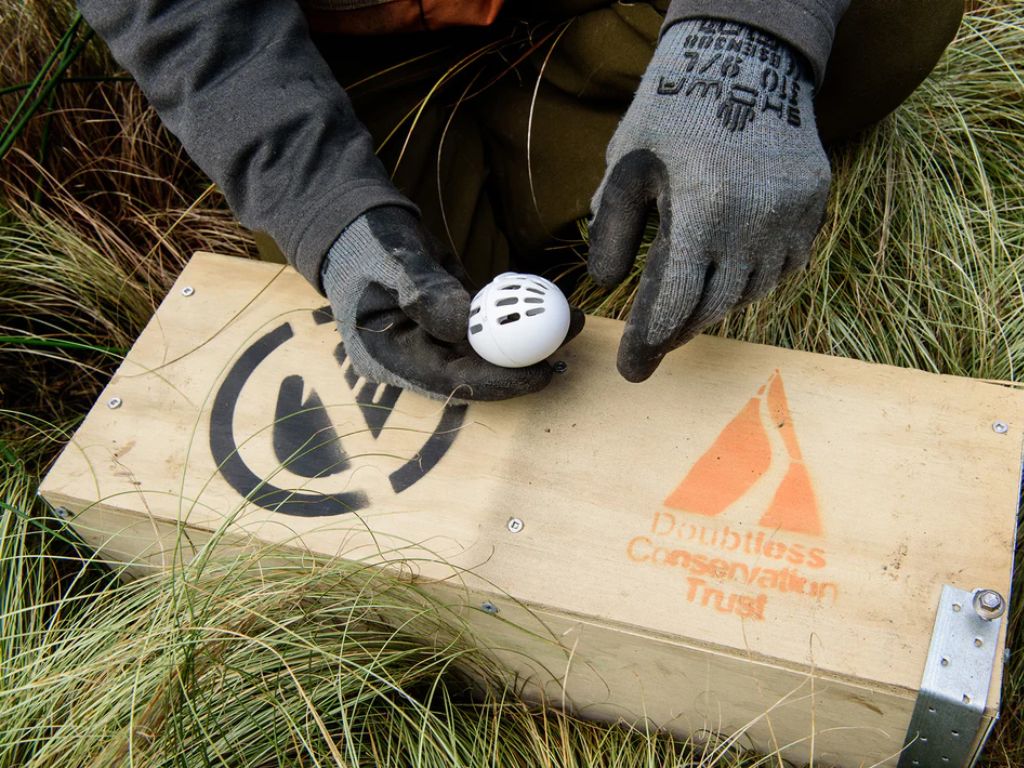
Old pair of socks
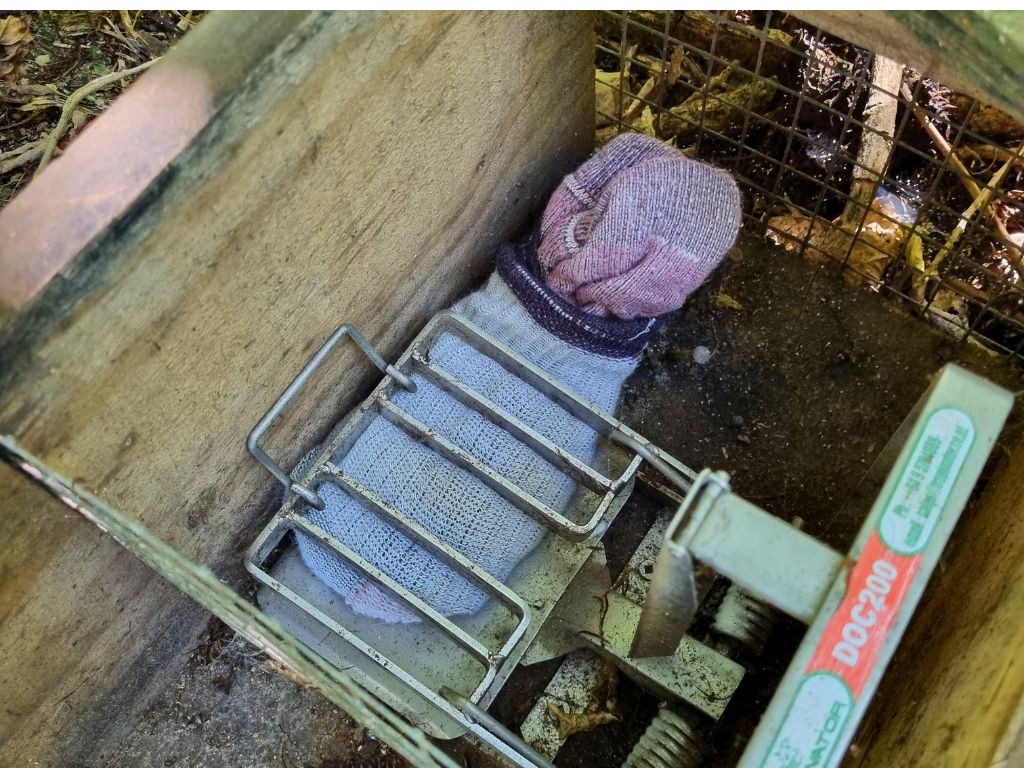
It’s a good idea to test if your trap is actually even working, especially if you haven’t caught anything in a while.
But “dry-firing” risks damaging a trap’s mechanisms – that’s where an old pair of thick socks comes in.
A pair of socks mimics the weight and size of an introduced predator. Chuck them onto the stoat or rat trap to check the trigger.
If it’s not firing correctly, it’s time to calibrate your DOC 200 or Victor Professional (PDF, 465 KB).
Wire “toothbrush”
A small wire brush shaped like a toothbrush is perfect for getting into nooks and crannies.
Spend a few seconds at each trap brushing away debris, especially fur caught in a trap’s mechanisms or moving parts, which could cause a misfire.
These brushes can be purchased from your local hardware store, usually in a three-pack with different brush heads.
Feeling fancy? A wire brush wheel fitted to a drill will make quick work of debris and rust.

Canola cooking spray
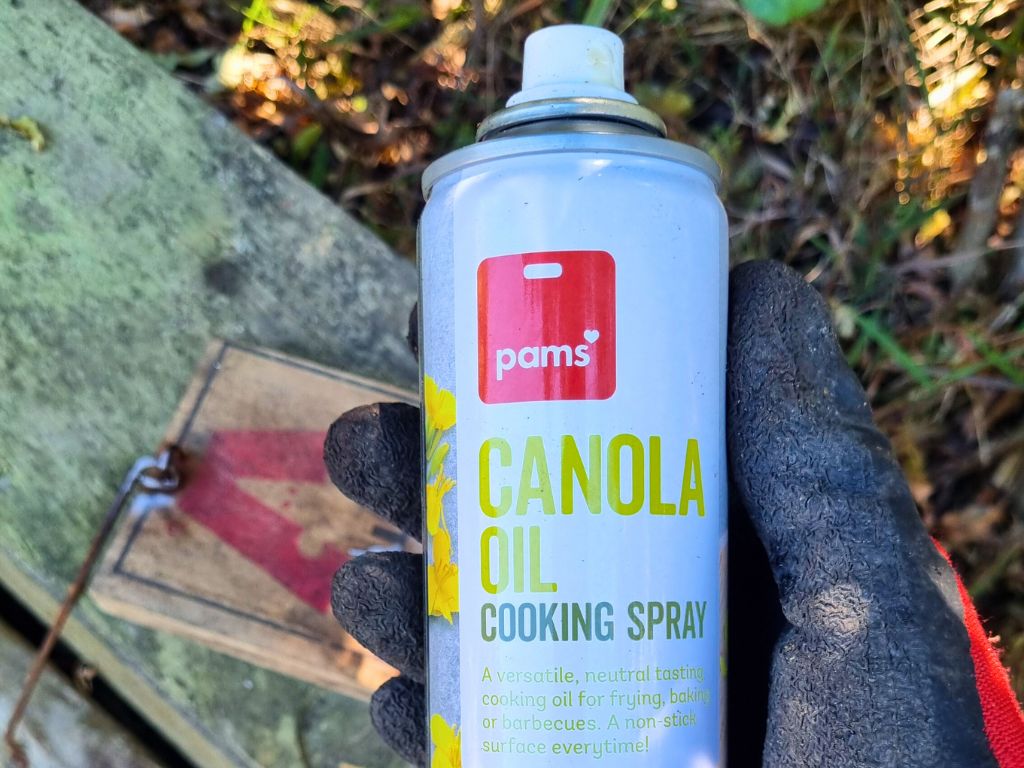
Speaking of rust – the mortal enemy of a functioning trap – bringing along a can of canola cooking spray every once in a while can help keep rat, stoat and possum traps working smoothly.
One- to two-second bursts of spray on the steel mechanisms of Victor Professionals and the metal parts of DOC 200s or 250s keep things moving and add a bonus scent to entice predators.
This is a good on-the-go tool; for a deeper clean, Victor Professionals can be soaked in oil (canola, soya, peanut or any salad oil) by submerging them overnight then draining them thoroughly before setting.
TrapScan
Does a phone app count as an accessory?
It does on this list. TrapScan is potentially the easiest way to record trap checks.
Each trap gets a QR code, and with one scan, you’re prompted to log catches, rebaiting or maintenance.
It syncs directly with your Trap.NZ project so your data is up to date. No more messy notebooks.
TrapScan is free to use, while QR code stickers cost $2 each.
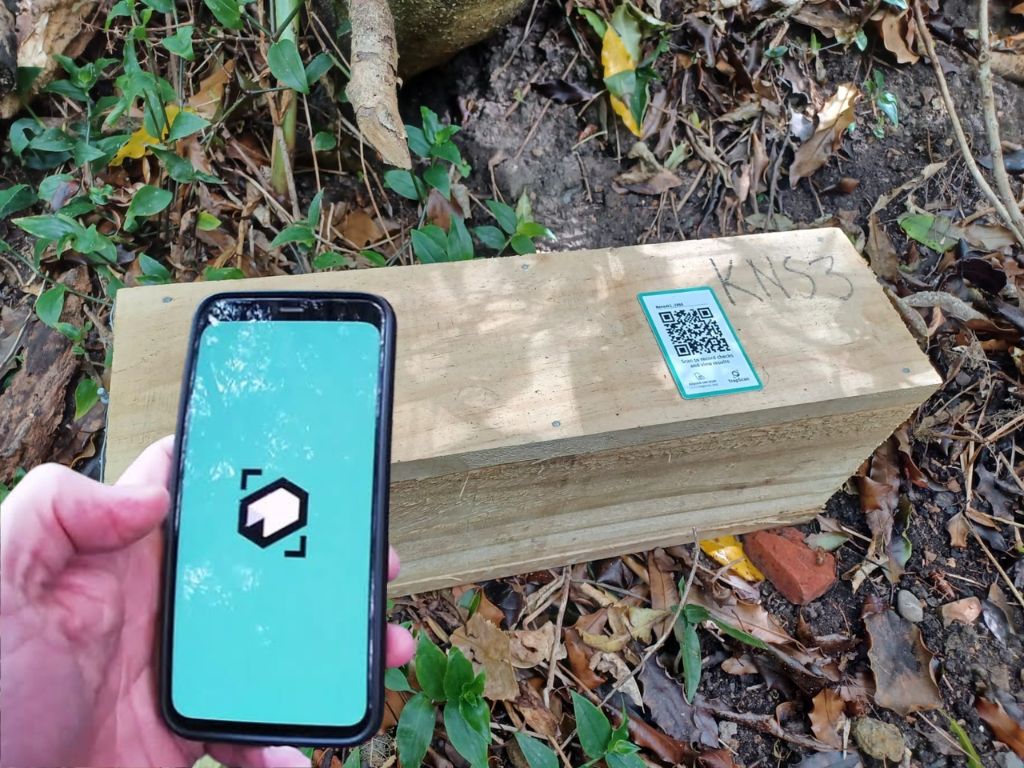
Do you have a favourite hack that isn’t on this list? Share it with us. The best tricks are often the ones learned in the field.

